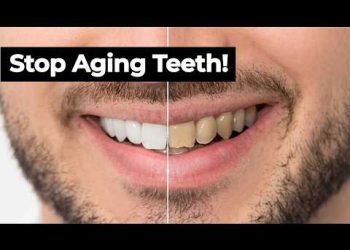The Relationship Between Skin and Heavy Metal Toxicity
Our skin can offer vital clues about what’s happening inside our bodies. Today, we’ll discuss the impact of heavy metal toxicity on the skin, focusing on four main heavy metals: arsenic, cadmium, lead, and mercury. Understanding these symptoms will help you evaluate your health and take the necessary steps to protect yourself.
Understanding Heavy Metals and Dosage
When it comes to heavy metals, the dosage is crucial. While we are all exposed to various toxins, including trace amounts of heavy metals, these exposures generally do not affect us unless they accumulate to harmful levels. Intriguingly, some heavy metals might be essential in tiny doses, contributing to growth and reproduction in animals.
Arsenic: Causes and Indicators
Arsenic exposure can originate from sources like pressurized wood, certain insecticides, or contaminated water. Skin manifestations of arsenic toxicity include hyperpigmentation (dark spots) or hypopigmentation (light spots), primarily appearing on the torso. Hard surfaces or keratosis on the palms and soles can also indicate arsenic exposure.
Protective Measures Against Arsenic
To mitigate arsenic toxicity, bolstering your body with nutrients that protect against it is essential. Consuming selenium, zinc, folate, and carotenoids can be beneficial. Eating one Brazil nut daily provides selenium, while zinc can be sourced from red meat and shellfish. Spirulina is another excellent remedy for arsenic toxicity.
Cadmium’s Effects on the Skin
Commonly found in spray paints, tobacco, and shellfish, cadmium toxicity can result in unusual skin discoloration. This can appear as a yellowing or tanning of the skin without sun exposure. Additionally, it increases the risk of skin cancer. Adequate zinc intake can provide some protection against cadmium.
Lead: Recognizing Impact
Lead exposure, often from older paint or contaminated water, can cause a distinctive “lead line” on the gums. Ensuring your body has sufficient calcium and iron can offset lead toxicity. Calcium EDTA, a chelating agent, and antioxidants like alpha-lipoic acid are also effective in managing lead exposure.
Mercury and Its Skin Manifestations
Mercury exposure, primarily through seafood or certain dental work, can result in a graying of the skin and a distinctive pink hue on the palms and soles. Consuming foods with low mercury levels, such as anchovies and sardines, and maintaining selenium levels with foods like Brazil nuts can help manage mercury retention.
General Remedies and Distilled Water
For overall heavy metal management, distilled water is a remarkable remedy. It acts like a vacuum, helping to pull out these toxins from the body. By drinking distilled water and subsequently replenishing your essential minerals, you can support your body’s natural detoxification processes.
Awareness and Management
Recognizing these skin symptoms can be a step towards identifying heavy metal toxicity. However, always remember that the presence of these symptoms does not confirm toxicity. It is crucial to assess the entire health picture before jumping to conclusions.
Final Thoughts
While low-level exposure to heavy metals is common and often unavoidable, understanding their potential symptoms and impacts on your skin can help you take proactive measures. By maintaining a diet rich in protective nutrients and practicing good hydration with distilled water, you can safeguard your health against these toxic threats.











